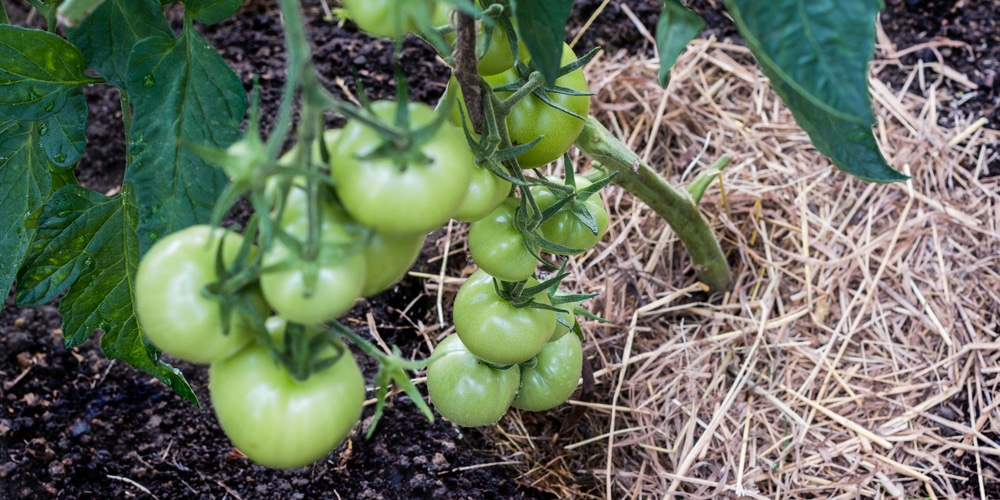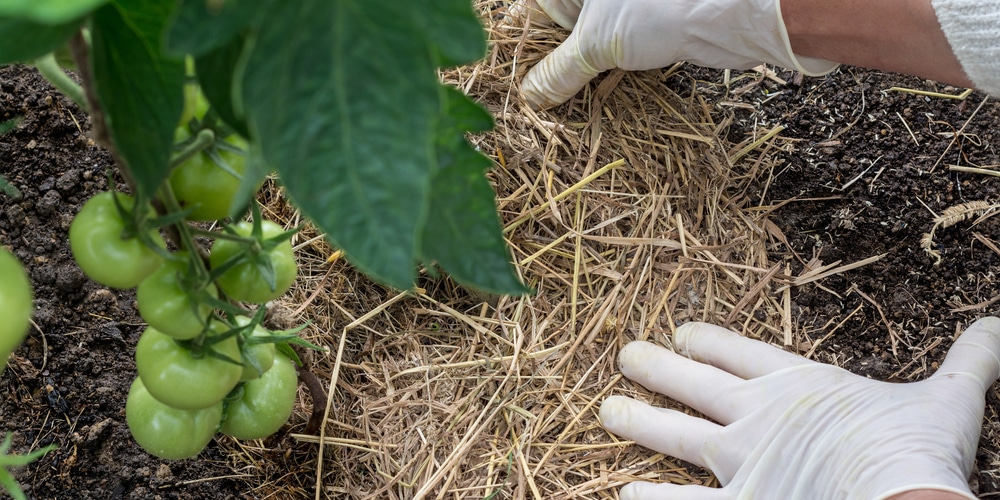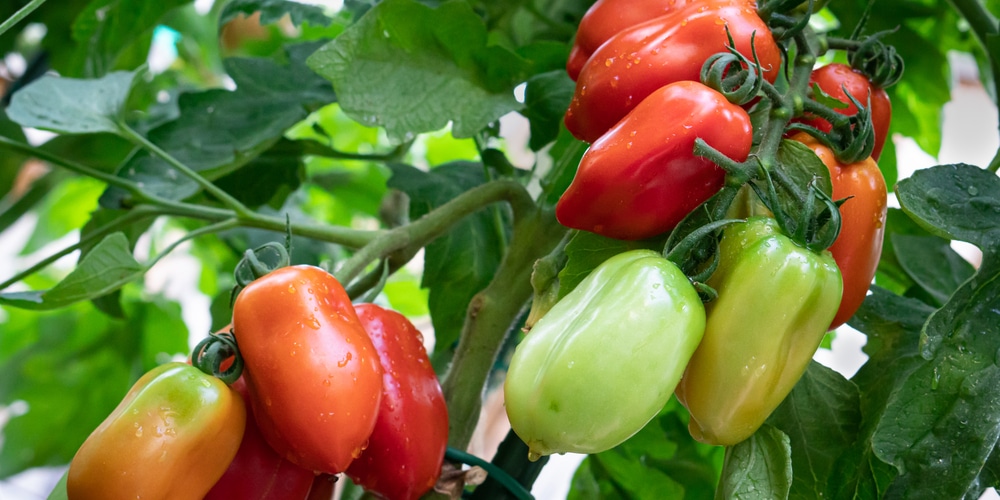For people that know something about gardening, mulching can be a savior. After all, this practice (when done the right way) can help your plants in several ways.
For instance, it can improve water retention, increase drainage, keep weeds at bay, and even improve the soil’s nutrient content. But, mulching is not a one-size-fits-all solution.
Not every plant likes moisture around it. If you are growing a vegetable garden, you know how tricky it can be to meet every species’ requirement. But for instance, should you put mulch around tomato plants?
Keep reading this essential guide to get an answer to this question and learn much more on the topic!
Mulch with Tomato Plants: What Should You Know?
Tomatoes are one of the most common vegetables gardeners like to grow in their yards. While they aren’t particularly challenging plants, they can be a bit picky with their requirements.
Also, they are susceptible to attacks from various pests, meaning you’ll have to be careful with your tomatoes. Tomatoes like moisture and mulching can benefit these vegetables.
For starters, it will increase water retention, meaning your plants will have fewer problems with underwatering. And because tomatoes love the sun (and prefer warm temperatures), mulching can save you from plenty of headaches.
Plus, it helps protect your plants against thermal shock and suppresses weeds, which is never a bad idea. After all, no weeds mean less competition for your plants. They will get water, nutrients, and lighting without struggling. In turn, this will produce better harvests.
Finally, organic mulch will also improve the soil’s nutrient content, meaning you’ll have to fertilize your crops less frequently.
However, using the wrong mulch type can cause issues for your plants. So, learning about mulching for tomato plants will help you get the most out of your crops (without harming them).
What’s the Risk of Mulching Around Tomatoes?
Mulching is overall a beneficial practice. However, it can harm your plants when not done right. For instance, your mulch should not touch your tomatoes’ stalks.
Doing so might expose your plant to fungal infections (which can become a hassle, especially on these crops). Additionally, applying mulch around the stem of your plants might cause root rot. So, don’t forget to leave the soil bare near the plant.
Also, mulching too early might prevent the soil from warming up, which will give you fewer crops (and later in the season). We recommend avoiding using sawdust or fine wood chips when mulching tomatoes.
Instead, you’ll get better results using solutions that involve the use of larger chunks. That is because fine wood will decompose quickly. In turn, this will prevent tomato plants from absorbing nitrogen (an essential nutrient for their growth).
Remember to avoid using mulch types that contain pesticides or herbicides. Also, you should water the soil before applying a layer of mulch to prevent issues.
What Type of Mulch Should You Use For Your Tomato Plants?
Most types of mulch are safe for tomatoes. However, if you need some inspiration, you should try using leaves, grass clippings, cardboard, pine needles, or compost.
If you have many trees in your yard, it might be handy to use leaves. And if you do your compost, you can add a two to three inches thick layer around your tomato plants. It will serve as mulch and as fertilizer.
Tomato Plants Care: Our Tips
Growing tomatoes isn’t particularly challenging if you can offer them the right conditions. However, these plants are susceptible to pests and diseases, meaning you’ll have to take preventive measures to avoid problems.
For instance, ensure you plant your tomatoes at an appropriate distance. Leaving enough space between your tomatoes will allow them adequate airflow and minimize stress and competition.
Plant your crops in a location that receives plenty of direct sunlight. But if you don’t live in a warm region, don’t worry: you can always plant them in a greenhouse (and use artificial plant lights).
Water your tomatoes regularly. Follow a consistent watering schedule but avoid overwatering your plants. Feel the soil before adding extra moisture to prevent the appearance of fungal infections.
Finally, don’t forget to prune your plants and remove unhealthy growth to keep your tomatoes healthy (and boost fruit production).
Related Article: How Tall Do Tomato Plants Grow?


